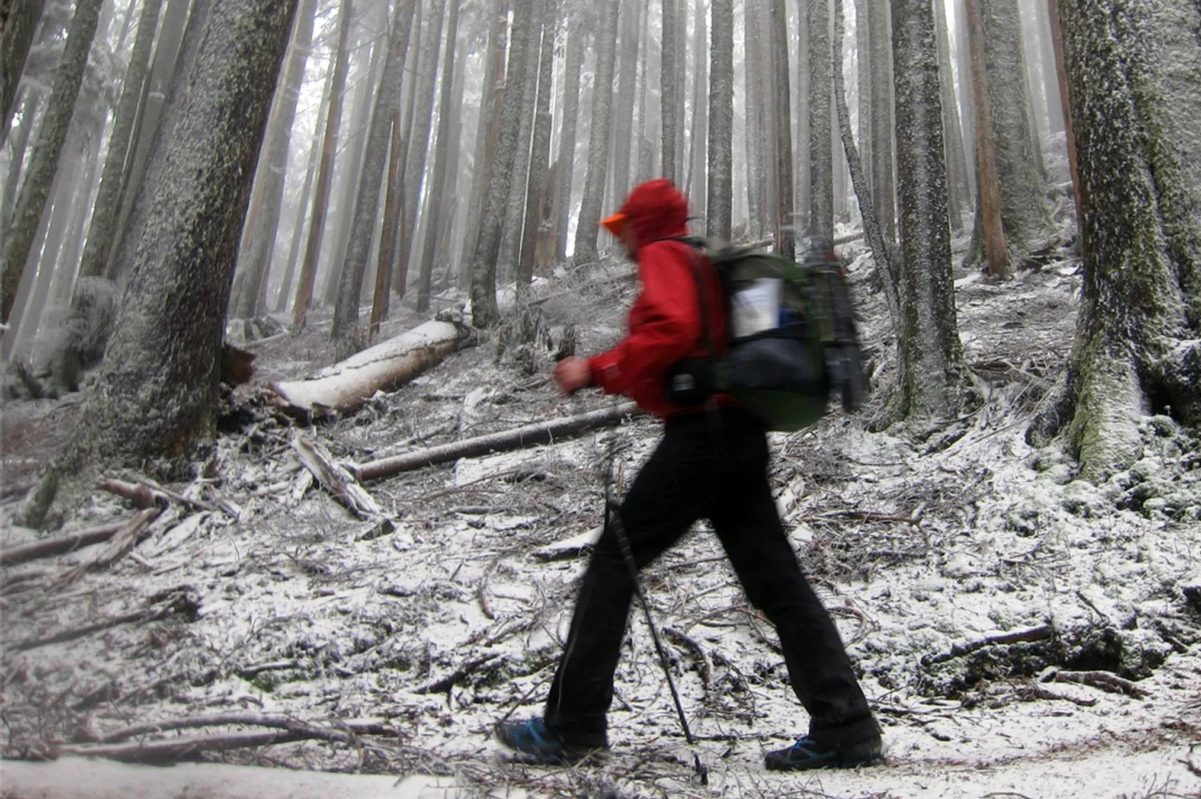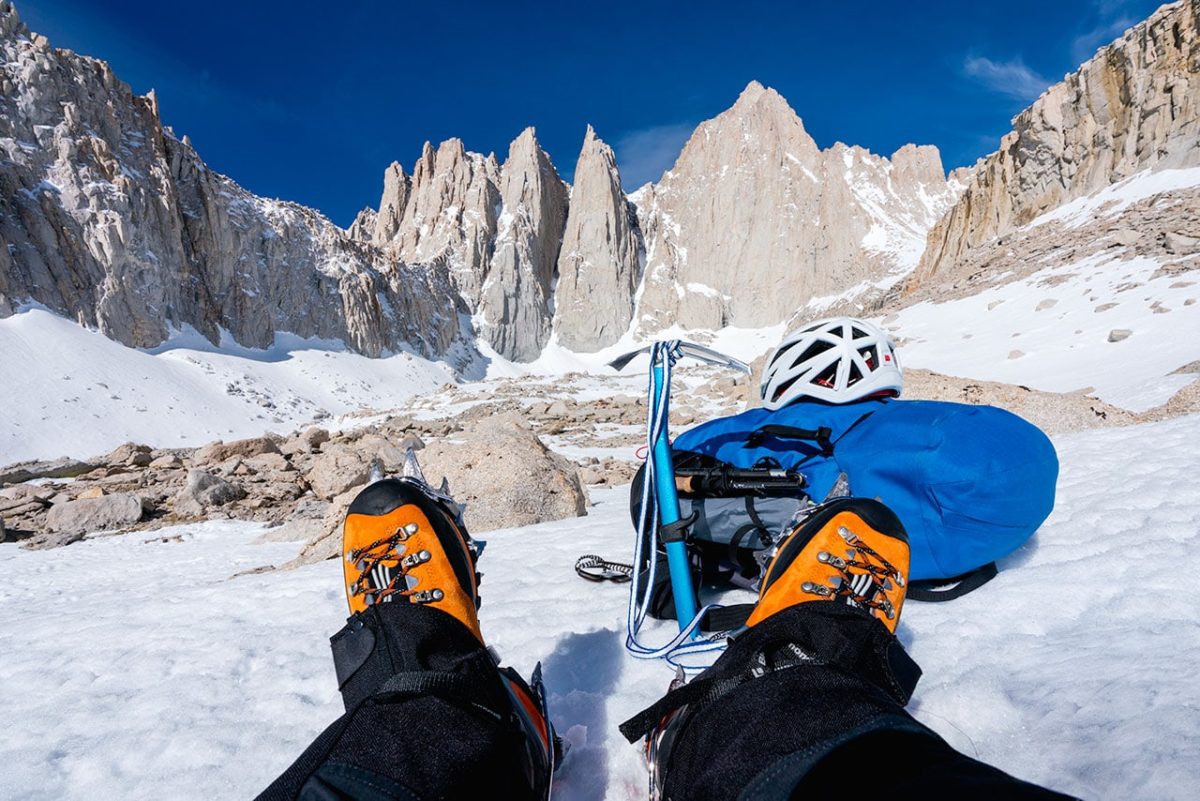Are you thinking of backing in California during the winter season? In that case, here are some of the important things that you need to know about what footwear to wear and the cold weather.
Snowshoes vs. Crampons vs. Microspikes: Which One Should You Wear?
Microspikes work well on flat hiking trails with packed snow or ice. When your boot treads quite gripping well, they provide that extra bit of traction. Here’s an example of a car analogy: regular boots have a more aggressive tread than winter snow tires, but you put on tire chains to increase traction when they start slipping.
Mountaineering crampons are your best bet when you require a deeper bite and more secure footing to climb a hill. It works well on ice-covered rock, higher angle ice, or mixed ice and bare rock.
On the other hand, wearing microspikes adds weight to your feet, which can quickly tire you out on a lengthy hike. With superior footwork, especially on packed snow, it is generally possible to postpone putting them on. You can get a little more traction from your shoes if you splay your feet out and walk uphill like a duck.
In addition, Microspikes’ chains and spikes have too much “give”. These are not long enough to penetrate deeply enough into ice to support your entire body weight. However, true mountaineering crampons are designed to fit a particular snow boot, not a typical hiking footwear.
Snowshoes serve two purposes. The first one is that it provides flotation. This helps so you don’t sink as deeply into powdery or deep snow, saving energy and preventing post-holing. The second purpose is that it helps provide traction on packed or ice snow, thanks to its integrated crampons on their undersides. It can also be used in certain lower-angle situations instead of crampons.

Read Trip Reports and Weather Conditions
Make sure to check the local mountain predictions and compare different weather reports if you’re planning a trip out into the backcountry, where you’ll be adventuring in snow and ice. Mountain Forecast and NOAA are two of my favorite websites to see temperatures, precipitation levels, wind speeds, and thunderstorm probabilities. You can explore mountain ranges and adjust your height.
Are there any highways that are accessible? After significant storms, most valley floor roads up to the trailhead are not plowed, making them inaccessible. Always check road conditions with the ranger station and with CalTrans to see whether key routes require chain use.

